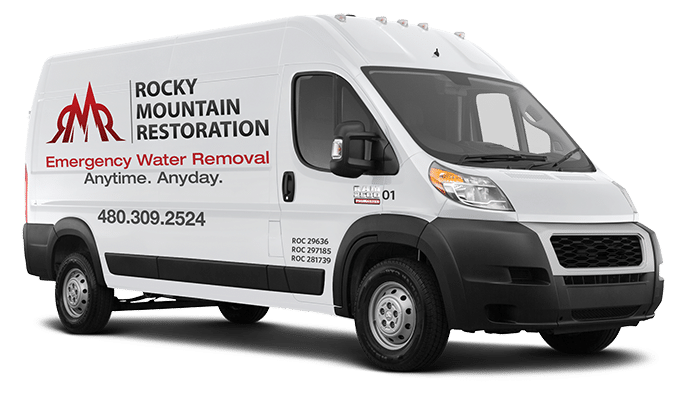Even for th
You may think a simple bleaching or vigorous scrubbing of a bathroom will resolve the problem, but the bacteria and parasites that live in sewer lines can live far longer than you realize, and can even resist or deactivate the sanitizing properties of bleach. It’s important to note that professionals are best at making the decision when it comes to how to clean-up after a toilet overflow, what to dispose of, and how to dispose of it. So what makes toilet overflows so hazardous?
- Proper disposal of any fabric or porous material is an absolute must, and primarily for the above mentioned reasons. Once these surfaces become exposed to microorganisms and a large amount of water, it becomes very difficult, or even nearly impossible, to get rid of them completely. While it may not seem like that big of a problem now, consider that those surfaces can leak

- Microorganisms exist in just about any form of water that is running through a home, but in varied amounts. Even the tap water that you drink or shower in may have living matter in it. In small amounts, these bacteria and other organisms are generally harmless, but when you’re dealing with water that comes from the toilet, they’re a much greater health concern. Simply put: microorganisms that thrive in sewer lines are very hazardous to your health, and difficult to get rid of without bringing in a proper disaster recovery cleaning service that follows IICRC protocols. Remember, they can cause extreme illness through even a very short exposure.
- Mold growth is another serious threat that occurs due to the presence of moisture and all those contaminants. Mold takes as little as 48 hours to begin growing in an area where there’s been a toilet overflow. Once that happens, you’ll not only be dealing with the colonies of mold that you can see, but the spores that you can’t. Inhaling those spores can lead to mild or severe allergic reactions, even in individuals who have previously shown no allergy issues. Mold reactions can include headaches, fatigue, difficulty breathing, or even full loss of consciousness. Read here for more on Mold.

There’s no reason to risk your health or the health of your loved ones by trying to do the work on your own. If you’ve experienced a toilet overflow, please leave the clean up to the professionals. Protective clothing, gloves and goggles are necessary, along with professional-grade equipment and chemicals that cleaners are trained and certified to use. With these in hand, a professional cleaning and restoration service will be able to properly clean and restore your bathroom and surrounding area, making it safe once again.












